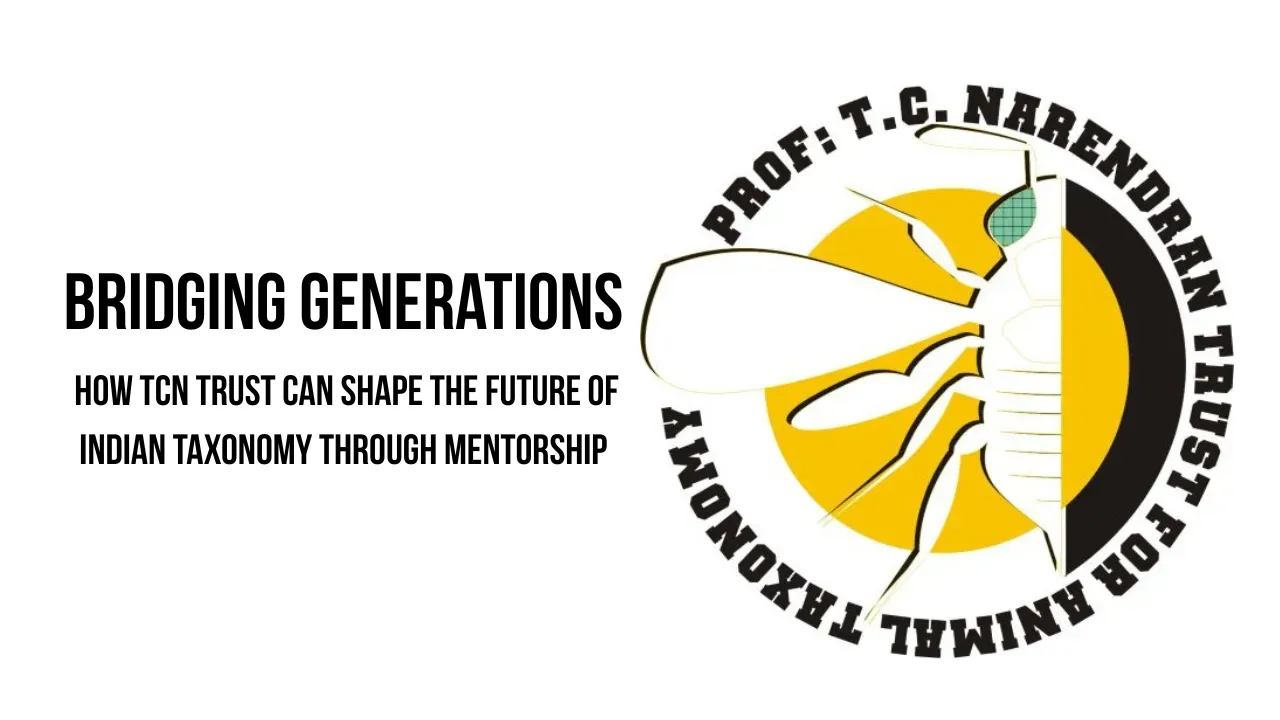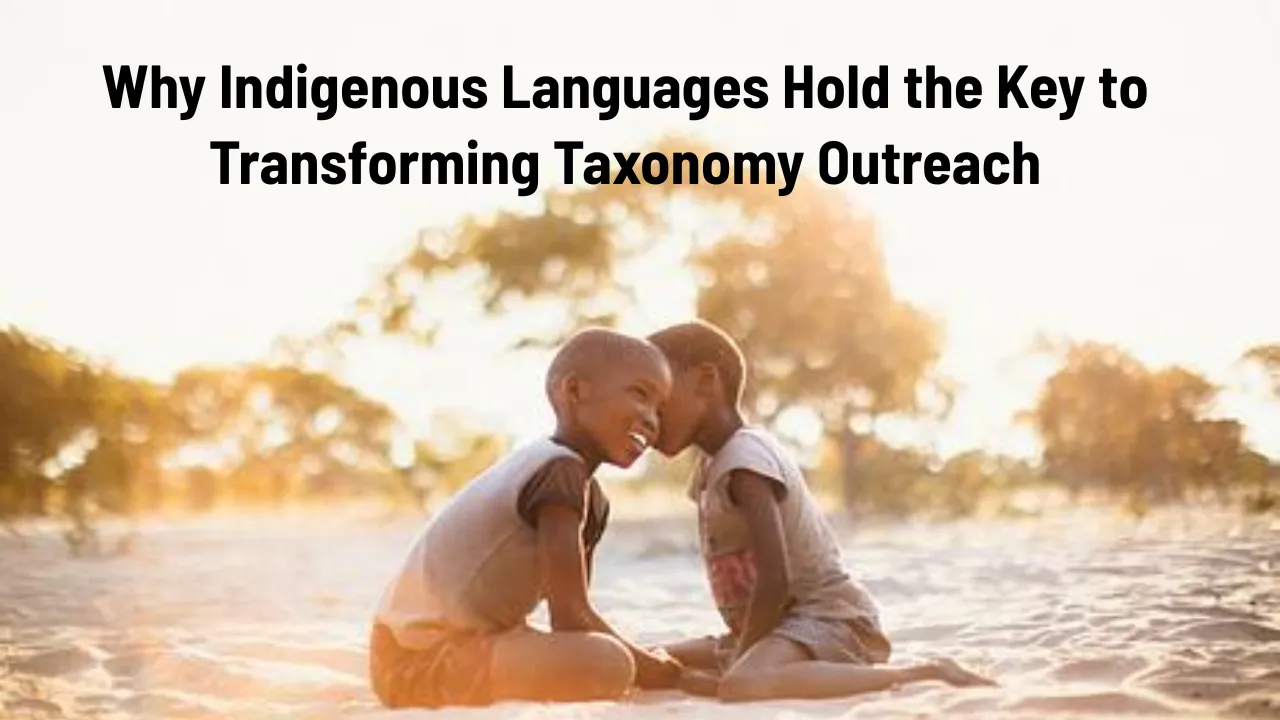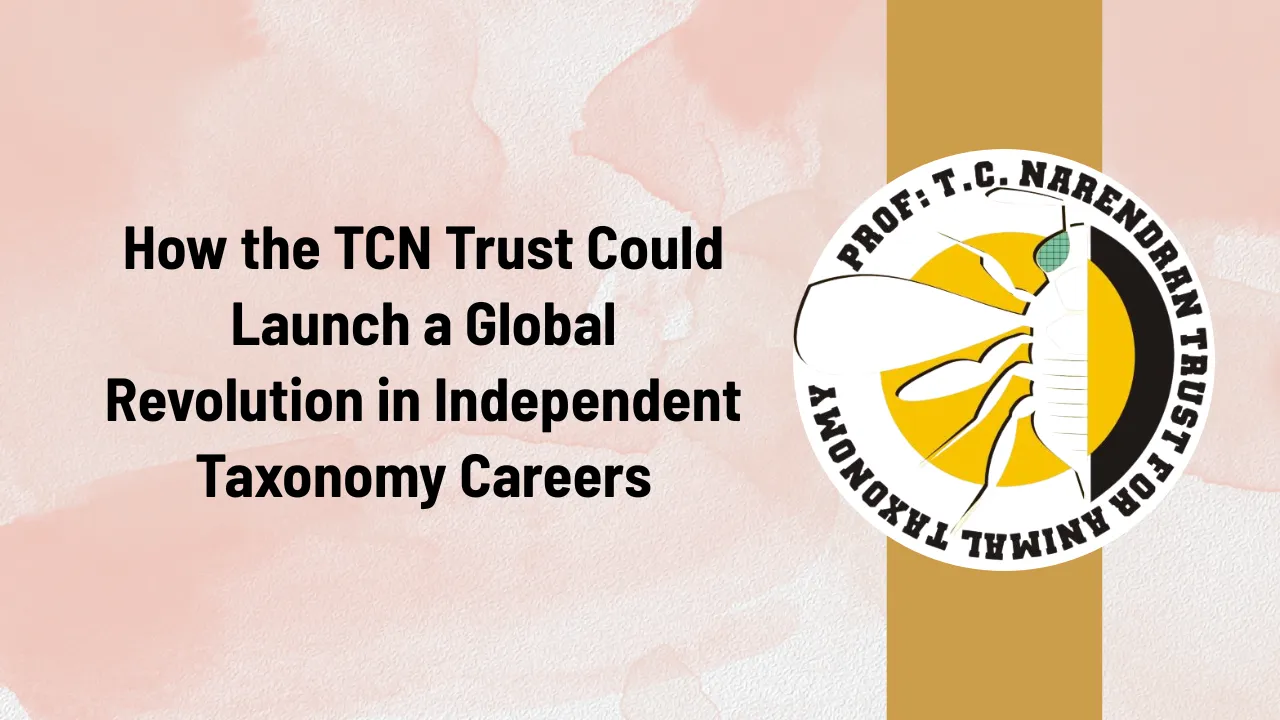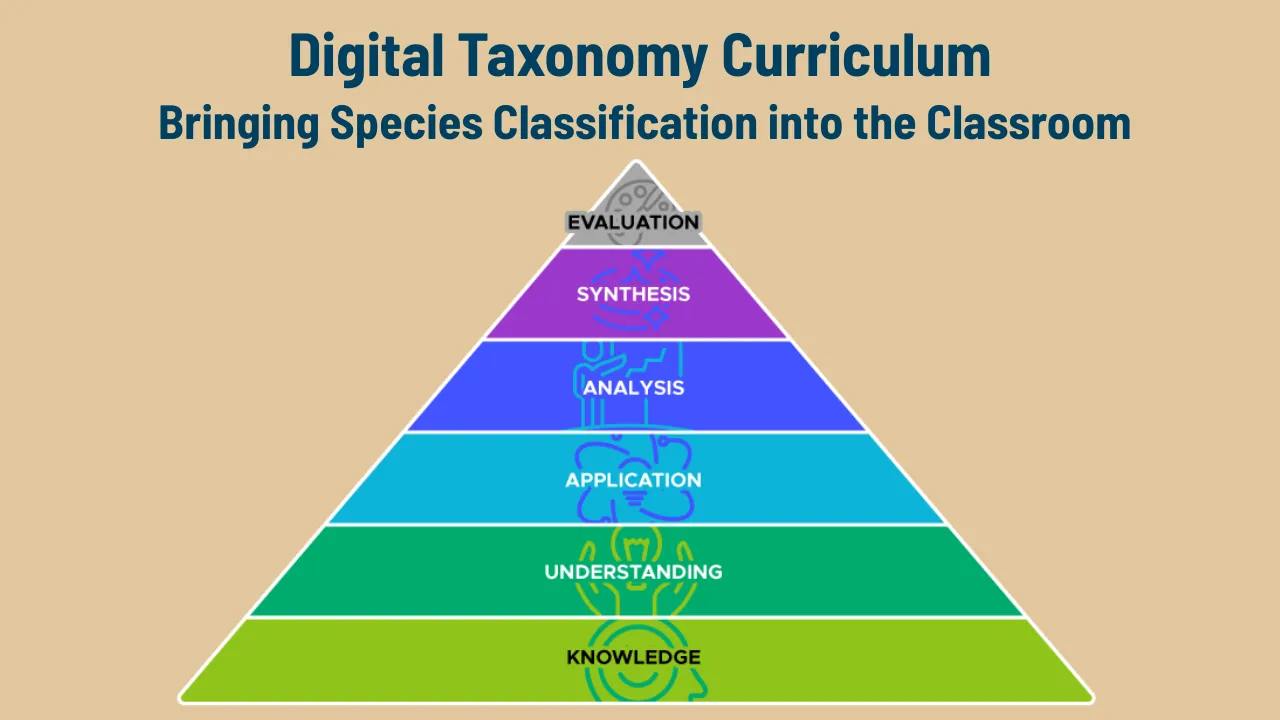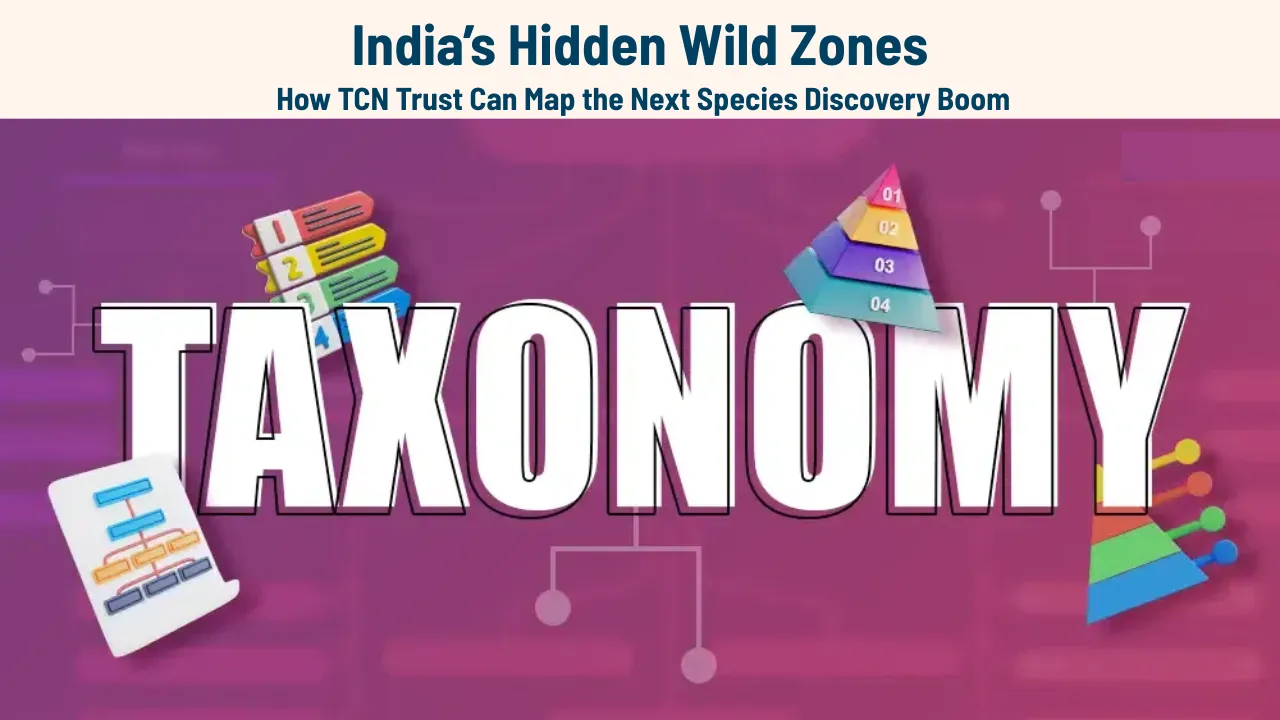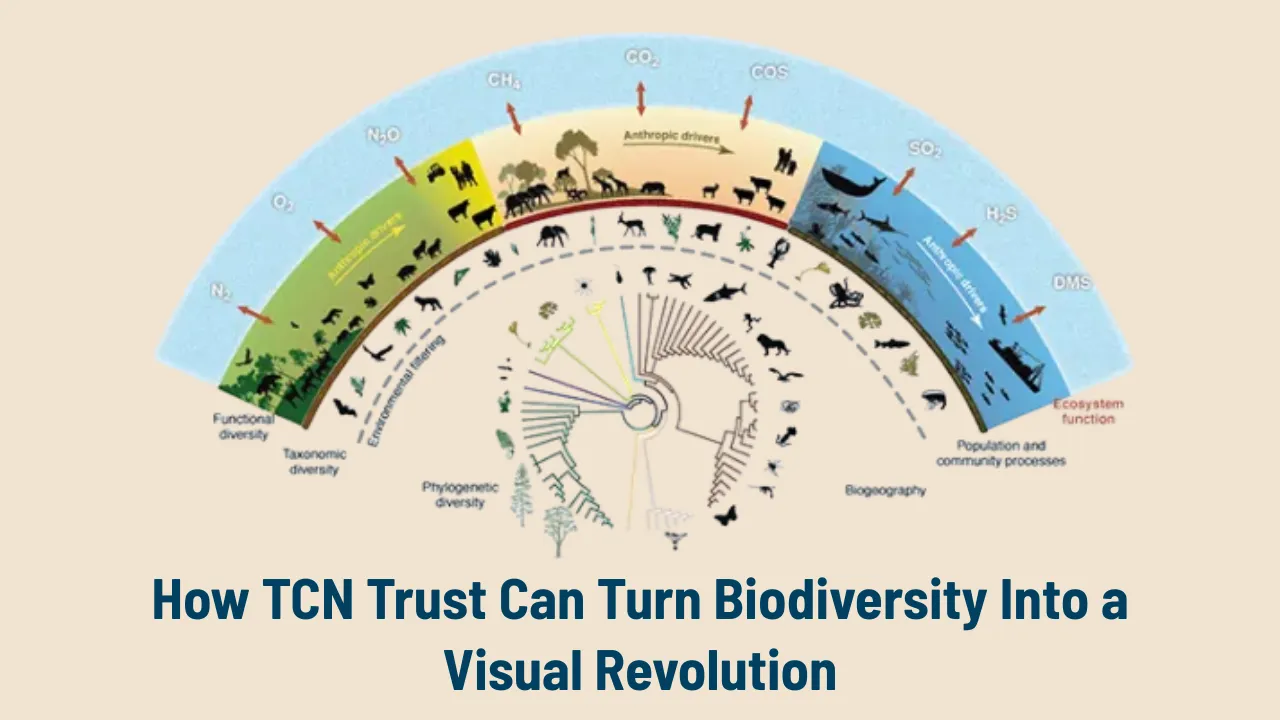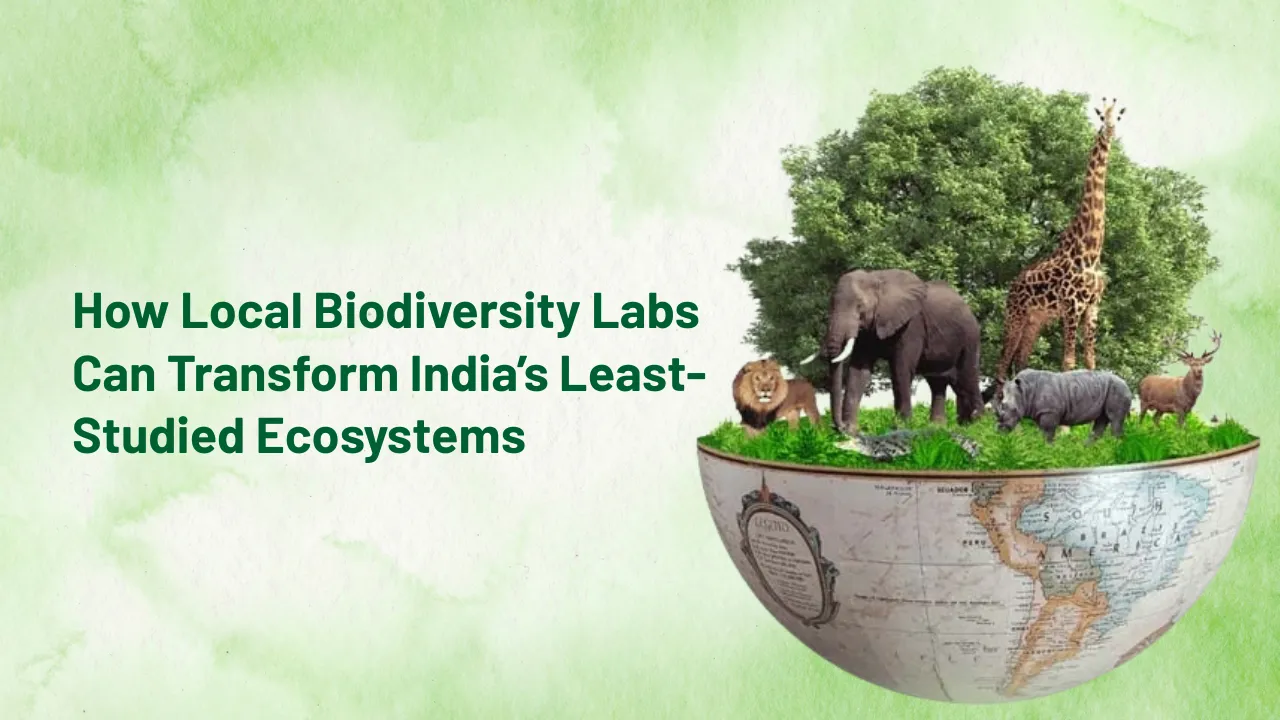National Mentorship Program: A National Mentorship Program for aspiring taxonomists could be a turning point for biodiversity science in India. Despite the country’s rich natural heritage, the field of taxonomy remains underdeveloped, with few young scientists receiving practical training or exposure. Much of the existing taxonomic expertise lies with senior researchers, many of whom are nearing retirement, and unless that knowledge is transferred, it risks being lost.
The TCN Trust has a timely opportunity to fill this critical gap by launching a formal program that connects experienced taxonomists with emerging researchers. By creating structured mentorship pathways, the Trust can promote biodiversity research, encourage regional inclusion, and ensure that a new generation of professionals are equipped to take taxonomy forward in the 21st century.
Why a National Mentorship Program for Taxonomy is Critical Now
A National Mentorship Program tailored to taxonomy can do far more than train students. It can nurture a future-ready scientific community. India’s natural environment is vast and diverse, yet many species remain undocumented. This isn’t because of a lack of interest, but a lack of trained professionals who know how to properly identify, catalog, and classify flora and fauna.
Mentorship can bridge the knowledge divide between classroom theory and field practice. With guidance from seasoned experts, students can gain real-world experience in species identification, field collection, and academic publishing—skills that aren’t typically emphasized in formal education. This is about more than education; it’s about preserving a scientific legacy and expanding it for the future.
Overview of Program Needs and Responses
| Challenge | Solution |
| Inadequate practical exposure | Field-based mentorship with real-time training |
| Isolated early-career researchers | National network of mentors and peers |
| Gaps in academic application | Guided research projects and publishing support |
| Lack of career clarity | Continuous guidance from experienced professionals |
| Regional disparity in access | Inclusive outreach to underrepresented biodiversity-rich areas |
Program Structure and Implementation Strategy
For the program to be impactful, TCN Trust must begin with a strong foundation. It should start by forming a verified pool of mentors—trusted taxonomists with field experience, academic achievements, or both. These mentors would ideally represent diverse disciplines such as botany, zoology, mycology, and marine biology. A review panel can help in vetting applications and forming mentor profiles based on expertise.
Recruitment of mentees can be carried out through open calls in universities, particularly in regions known for biodiversity but lacking academic infrastructure. Candidates may include final-year undergraduates, postgraduate students, and early-stage researchers. Selection criteria could focus on interest in taxonomy, project proposals, and regional representation.
The matching process should be carefully managed. Rather than automated pairings, the program should allow for interest-based matching. Mentors and mentees would commit to a minimum mentorship period—six to twelve months—where regular engagement is expected. A light but clear structure would ensure that the relationship remains productive without becoming a burden.
Core Components of the Program
To be meaningful, the mentorship experience should be guided by clear objectives and outcomes. Each mentee, upon joining, should set learning goals with their mentor—be it gaining fieldwork experience, understanding lab techniques, or writing a scientific paper. Monthly check-ins, whether virtual or in-person, will help ensure progress and encourage open communication.
Field engagement is vital. Mentors can invite students on short trips or provide virtual fieldwork analysis if travel is not feasible. Equally important is learning how to document findings, maintain specimen records, and use taxonomic keys—fundamental skills often learned best through observation and repetition, not textbooks.
In addition to personal interaction, the program can offer optional learning resources such as online lectures or short videos on taxonomy fundamentals. These won’t replace mentorship but can enrich the learning process. Periodic assessments through mentor notes or progress reviews will help track growth and ensure program accountability.
Benefits to Students and the Taxonomy Ecosystem
A structured National Mentorship Program would change the trajectory for many students who are passionate about natural science but lack direction. By connecting them to real-world opportunities, the program would transform passive learners into active researchers. They would acquire technical skills, gain confidence in field identification, and become familiar with publishing protocols and grant applications.
Mentorship would also revitalize the professional community. Senior taxonomists, often isolated in their own research or nearing retirement, would have a platform to pass down their methods, ethics, and scientific judgment. This exchange ensures that knowledge isn’t lost with time, but instead updated and extended by the next generation.
Such a program also encourages diversity. By reaching students in rural and biodiversity-rich areas—like the Western Ghats, Eastern Himalayas, or Northeastern India—it ensures that talent isn’t confined to elite institutions. A wide-reaching initiative would mean that anyone with interest and curiosity could find a place in the scientific ecosystem.
Two Essential Program Pillars
The first pillar of the National Mentorship Program should be collaborative research. Mentors and mentees should co-develop a small, meaningful project—perhaps a regional species checklist, photo documentation series, or an annotated herbarium. These joint efforts would not only result in tangible outputs but also teach students the process of scientific collaboration.
The second key pillar is mentorship levels. Rather than a one-size-fits-all approach, TCN Trust can design tiered mentorship: beginner tracks for undergraduate students new to taxonomy, intermediate tracks for those conducting field research, and advanced mentorship for doctoral scholars seeking expert collaboration. This allows the program to grow with the student and remain relevant at multiple academic stages.
Monitoring and Evaluation Framework
To ensure long-term success, the program must include a simple but effective evaluation mechanism. Monthly reports or brief notes can help document mentor-mentee interactions, goals achieved, and next steps. A small team at TCN Trust could periodically check-in with both parties, resolving concerns and gathering feedback.
A final evaluation report at the end of each mentorship term will summarize progress and learning outcomes. Mentors may provide reference letters or endorsements that support the student’s career. Meanwhile, outstanding contributions—like co-authored papers or field data sets—can be recognized in annual showcases or newsletters.
These tools will not only keep the program accountable but will also help build a data-driven understanding of how mentorship strengthens taxonomy research in India.
Long-Term Vision and Expansion
While the pilot phase may begin with a few dozen mentor-mentee pairs, TCN Trust can gradually scale up. Collaborations with universities, biodiversity boards, and NGOs will help increase reach. Over time, the program can also offer funding for travel or basic field expenses through micro-grants.
A long-term vision could include a digital platform where mentors and mentees can log activities, share resources, and access training modules. An annual mentorship summit, either virtual or hybrid, can celebrate work done and encourage inter-institutional collaboration. This would also serve as a talent pipeline for jobs in research, conservation, and policy-making.
Eventually, the program could serve as a model for similar initiatives in related fields such as ecology, environmental science, and conservation biology.
FAQs
What is the goal of the National Mentorship Program?
To connect students with experienced taxonomists for hands-on research, guidance, and skill-building in taxonomy.
Who can participate as a mentor?
Professionals in taxonomy with field or academic experience, including retired experts and researchers, can serve as mentors.
Are students from all regions eligible to apply?
Yes, students from any region in India can apply, especially those from biodiversity-rich or underserved areas.
What will mentees gain from the program?
They’ll receive guidance, field training, research experience, and support with publishing and career planning.
Is the program paid or funded?
The core mentorship is voluntary, but TCN Trust can explore micro-funding for travel, fieldwork, or research expenses.
Conclusion
Launching a National Mentorship Program isn’t just about pairing students with scientists—it’s about preserving knowledge, empowering young talent, and securing the future of biodiversity research in India. TCN Trust is uniquely positioned to lead this effort. With thoughtful planning, inclusive outreach, and expert involvement, the program can redefine how taxonomy is taught and practiced. If you’re a student seeking guidance or an expert ready to share your legacy, this is the moment to join a movement that could change the face of Indian natural science.
